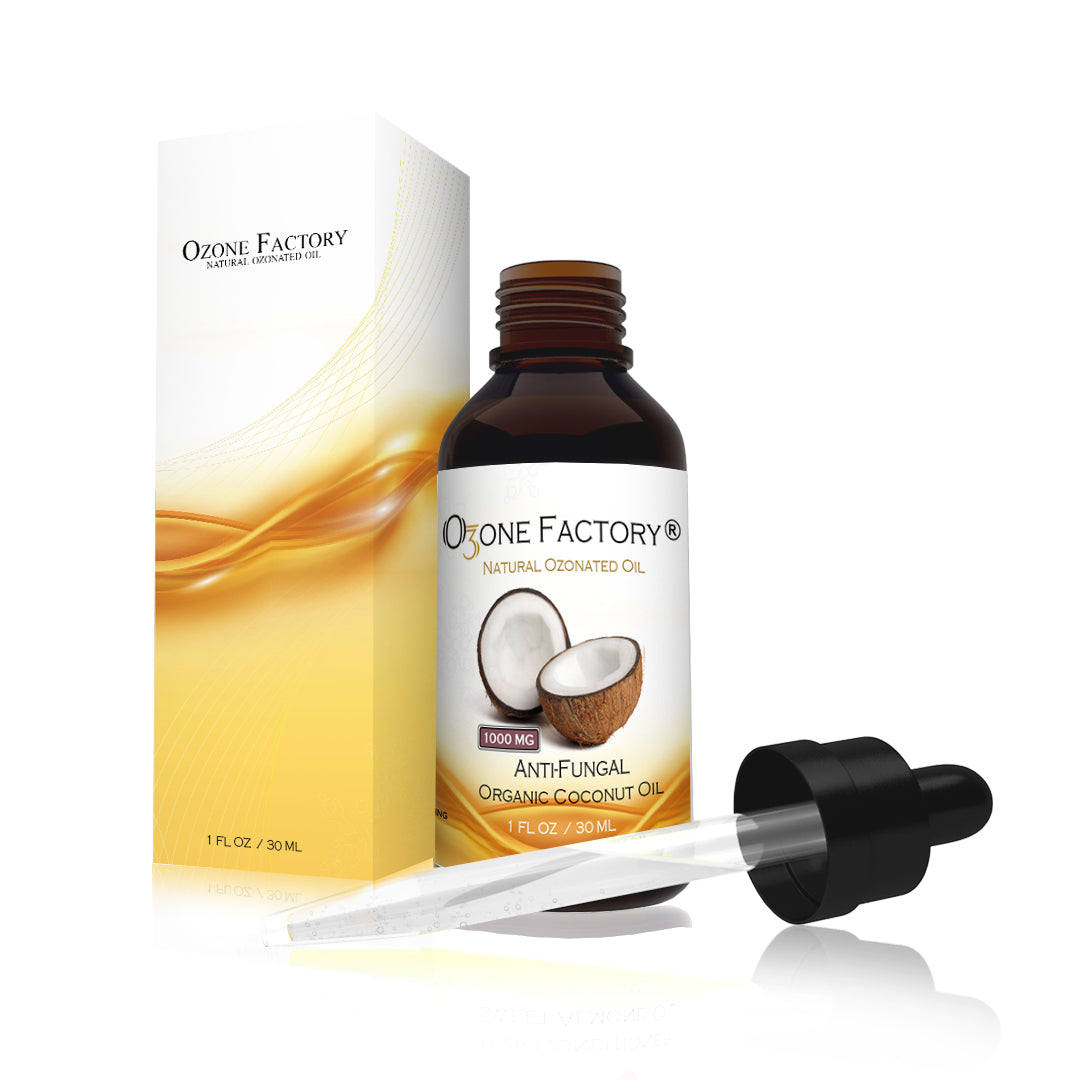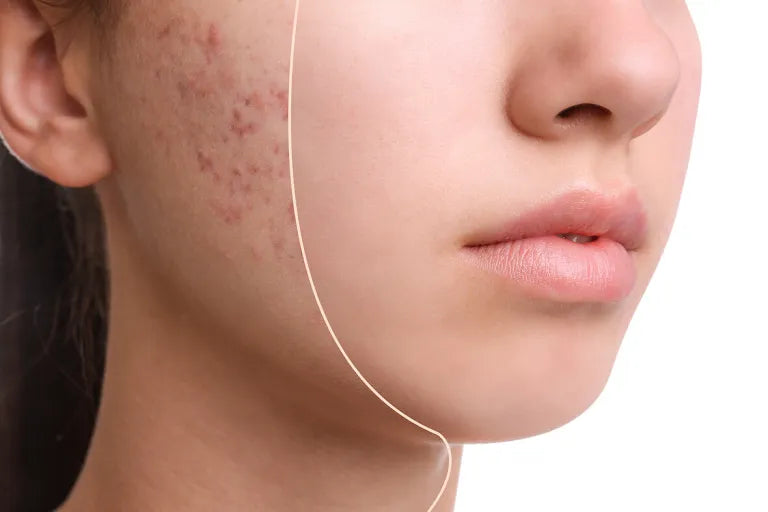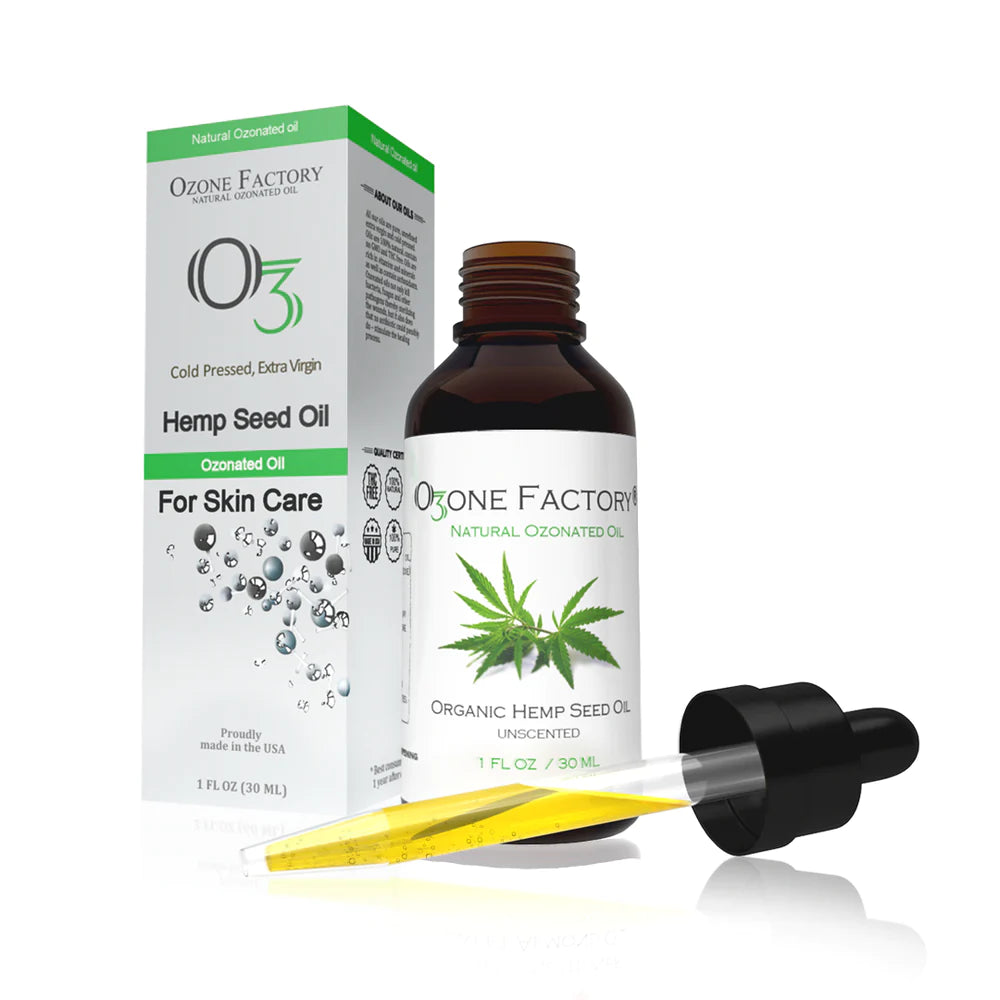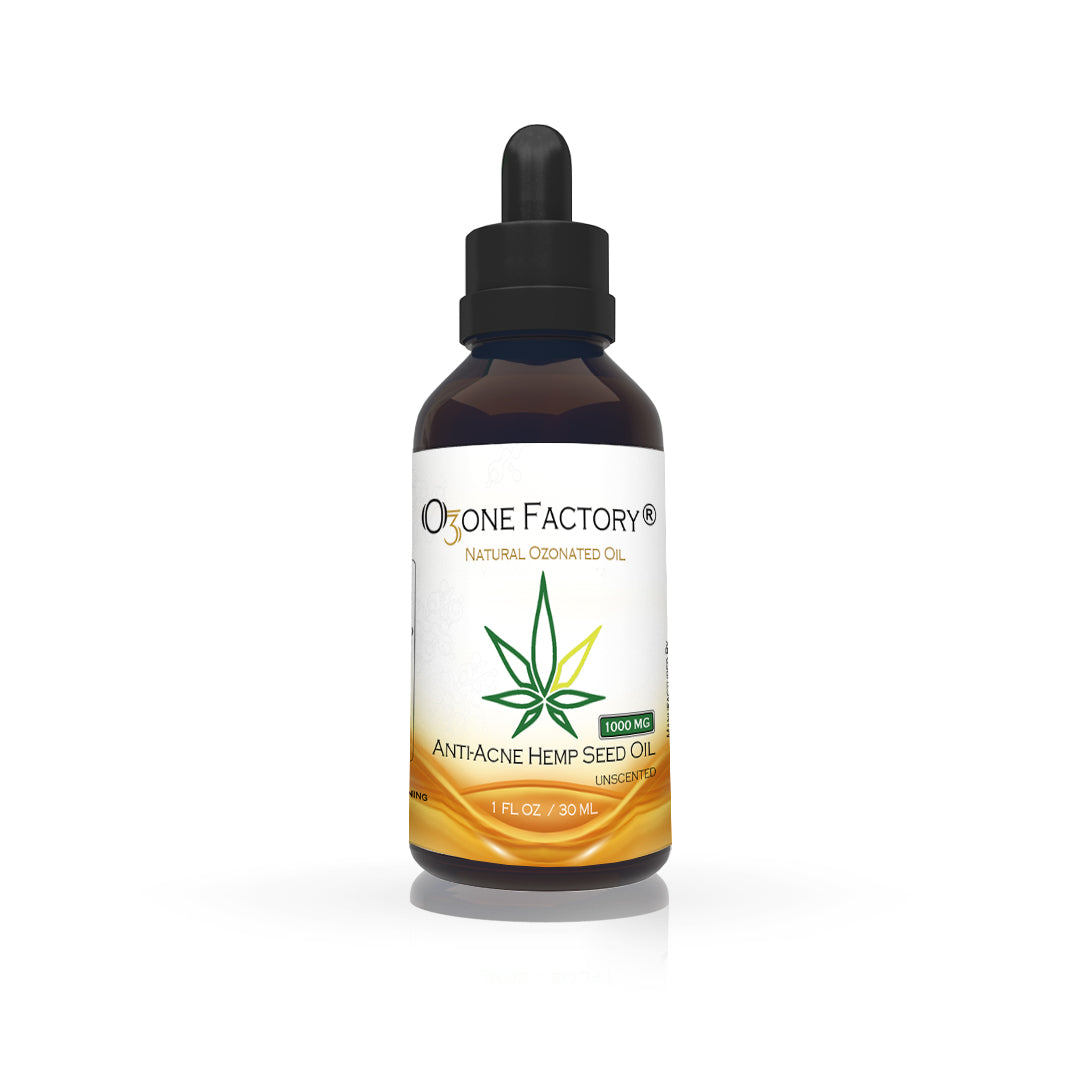

Diabetic Neuropathic Ulcers
Diabetic neuropathic ulcers result from a combination of factors. Diabetic patients tend to develop polyneuropathy of the long neurons supplying the foot and lower extremity. Motor neuropathy leads to atrophy of the intrinsic muscles of the foot, leading to derangements in bony architecture that depends on intrinsic muscle tone for proper alignment. The resulting deformities include Charcot’s foot, which is a collapse of the midfoot with plantar subluxation of the ruined bones, and clawing of the toes with plantar subluxation of the metatarsal heads.

In both cases, the change in bony architecture leads to excessive weight bearing on sur faces at risk for pressure ulceration. In addition, diabetic polyneuropathy oftencauses sensory defi cits, and a lack of proper protective refl exes contributes to promoting the chronic wound. Elevated glucose in poorly controlled diabetes independently retards wound healing and inhibits the leukocyte response to infection; often,all measures to promote healing will fail without tight control of glucose.

Arterial disease is frequently present in diabetics.
Approximately 40% of diabetic neuropathic ulcers have an element of contributing arterial ischemia, which adds to the diffi culty of treating these wounds. Typically, diabetic neuropathic ulcers are found at a site of increased weight bearing, such as a subluxed plantar surface of a metatarsal head, the heel, or on the dorsal surface of a toe that is rubbing against a shoe. Wounds typically have a fi brotic granulated bed surrounded by hypertrophic skin (callus), which identifi es the exposure to excess pressure. Proper care for the diabetic wound starts
with an appreciation of the burden imposed by the nonhealing wound. For each year a diabetic wound remains open, a 25% risk of limb loss is present. As a consequence, aggressive and timely intervention is mandated.

Management starts with control of infection. Wounds that penetrate into bone or joint usually require surgical débridement followed by secondary healing or, when possible, primary closure after limited amputation. Specialized shoe gear to alleviate pressure is generally indicated. The most effective means to reduce pressure on a foot wound is a wheelchair, which will remove all pressure on the foot until the wound is healed. Another option, which is often successful, is to immobilize the foot in a cast to redistribute pressure and eliminate shear. Many different types of specialized shoes with cushioned soles and pressure relief features are available, and custom-made shoes with deep toe boxes and accommodative insoles are appropriate for management of the healed foot. Minor surgical procedures to treat bony deformity such as extensor tendon tenotomy to correct clawing or Achilles tendon lengthening to correct equinus deformity may be very helpful interventions and should be considered when local care measures are not successful. Arterial surgery may be required when ischemia is a prominent factor. Local wound care to keep the granulating wound clean and free of infection can be supplemented with topical medication in lieu of moist gauze. Frequent débridement of the wound and regular shaving of surrounding calluses are important steps, as well as aggressive treatment of nail diseases.

Ozone and clinical studies on diabetic feet
Since ozone therapy may activate the antioxidant system through affecting the blood sugar levels and some signs of endothelial cell damage in the pre-clinical level, a study was conducted to investigate the effectiveness of ozone therapy in patients with type 2 diabetes and diabetic foot aiming at comparing the effectiveness of ozone with the antibiotic treatment. A randomized controlled clinical trial was conducted in which 101 patients were divided into two groups: a group (n=52) was treated with ozone (topical or rectal), and the other group (n=49) was treated with topical and systemic antibiotics. The effectiveness of treatments was evaluated by comparing the glycemic index by comparing the area and periphery of the damage, biochemical signs of oxidative stress, and endothelial damage in both groups after 20 d of treatment. Ozone improved the glycemic control, prevented oxidative stress, normalized the organic peroxides levels, and activated the superoxide dismutase. The pharmacodynamics effect of ozone in the treatment of patients with diabetic neuroinfectious foot can be attributed to the fact that it is a corrosive superoxide. Superoxide is the interface between the four metabolic approaches along with diabetes pathology and complications. Injuries were also healed which resulted in fewer cases of amputations compared to the control group. No side effects were observed. These results showed that treatment with ozone can be a complementary treatment for diabetes and its complications.

A new topic was put forward on the application of a complementary approach based on the fact that ozone therapy can reduce the oxidative stress, delay the serious complications, and improve the quality of life of diabetic foot patients. Based on the type of the foot ulcers, ozonated water and different gradations of standard ozonated vegetable oils are topically used until full recovery. It has been recently proved that both ozonated water and ozonated oils are antiseptics and suitable healing stimulators and are much more effective compared to treatments that involve topical antibiotics growth factors, maggot and negative pressure wound therapies. As a support for anti-fungal treatment, ozone therapy can also be useful in the treatment of infections. It should be noted that no side effects have been observed in the studies. These results show that medical treatment with ozone can be regarded as a complementary therapy alongside conventional treatments and antibiotic therapy for diabetic foot ulcers and its compilations.







